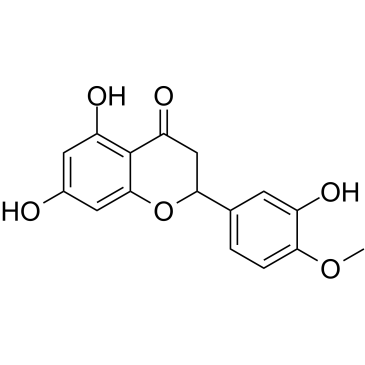| Structure | Name/CAS No. | Articles |
|---|---|---|
 |
sodium carbonate
CAS:497-19-8 |
|
 |
Gallic acid
CAS:149-91-7 |
|
 |
(Rac)-Hesperetin
CAS:69097-99-0 |